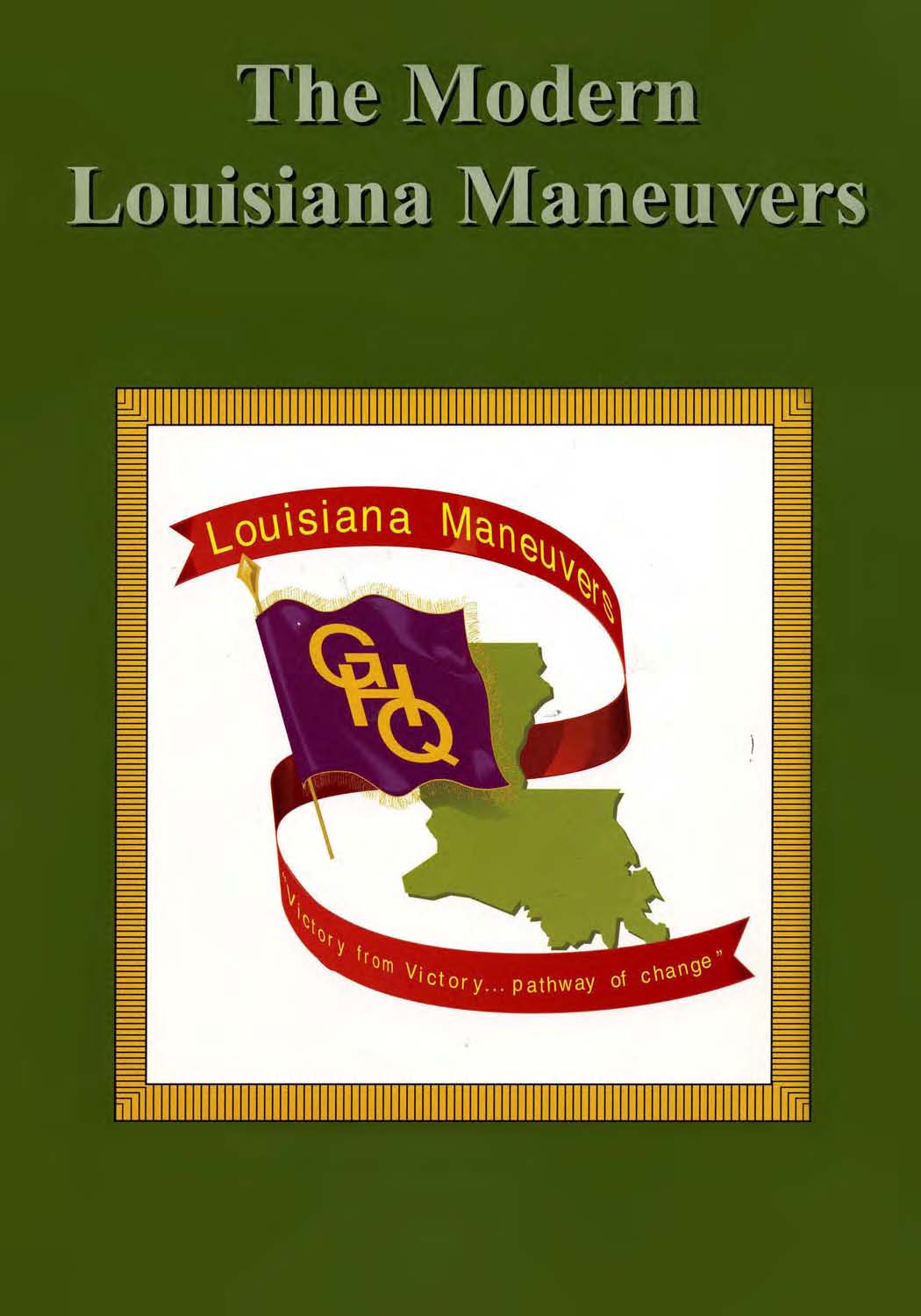Miscellaneous Publications

THE MODERN LOUISIANA MANEUVERS
James L . Yarrison
Miscellaneous Publications
1999; 155 pages
Not Available through GPO sales.
The modern Louisiana Maneuvers (LAM) were neither maneuvers per se, nor were they held in Louisiana. The original Louisiana Maneuvers were pre-World War II General Headquarters exercises initiated by General George C. Marshall t o prepare the Army for World War II. They featured the field-testing of new doctrinal and organizational concepts, and of new equipment and schemes for its employment. They provided practical, hands-on experience in leading troops in the field with the most modern of configurations. They forced change to an institution that otherwise was only beginning to shake off its prewar somnolence. General Gordon R. Sullivan, who became Chief of Staff in June 1991, realized that he too was tasked to change the Army radically. Sullivan understood that with the Cold War's end, declining defense budgets, and a shrinking force, he would preside over wrenching changes throughout the Army. In order to conduct those transformations effectively and to simultaneously maintain readiness and sustain modernization, he would need revised means; he was certain that the Army's Cold War processes of incremental change would prove too cumbersome for the dynamic times that lay ahead. The modern Louisiana Maneuvers provided the revised means Sullivan sought, and he chose their evocative name deliberately. Sullivan envisioned gathering the Army's senior leaders as a corporate Board of Directors to exercise collective wisdom in steering innovation. The LAM process relied upon the Army's then burgeoning simulations capability to inexpensively test new doctrinal and organizational ideas-and the effects of new operational concepts and equipment-without involving extraordinary masses of soldiers and equipment or extensive real estate . Exercises actually "in the dirt" testing new equipment and procedures were carefully designed to get the most possible information from the least possible expense and resourcing. The successes of LAM, and the maturation of digital information technologies, led to robust spiral development and the Force XXI Campaign that is producing today's digitized force.
* View this publication online.